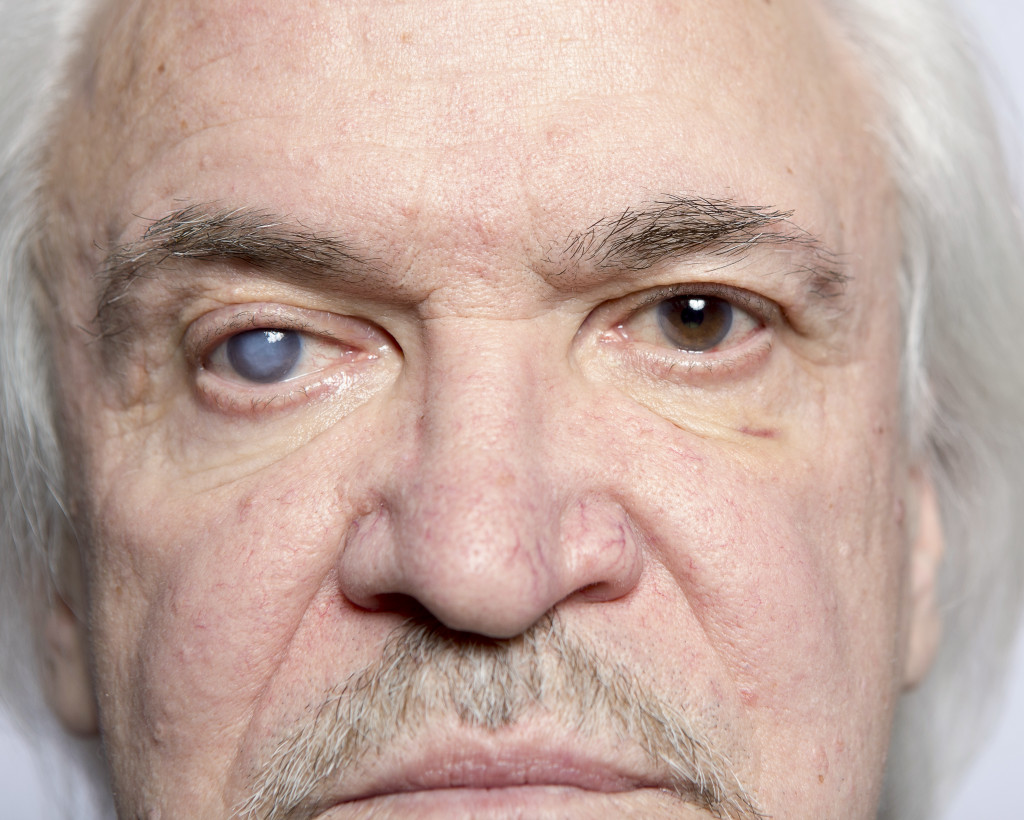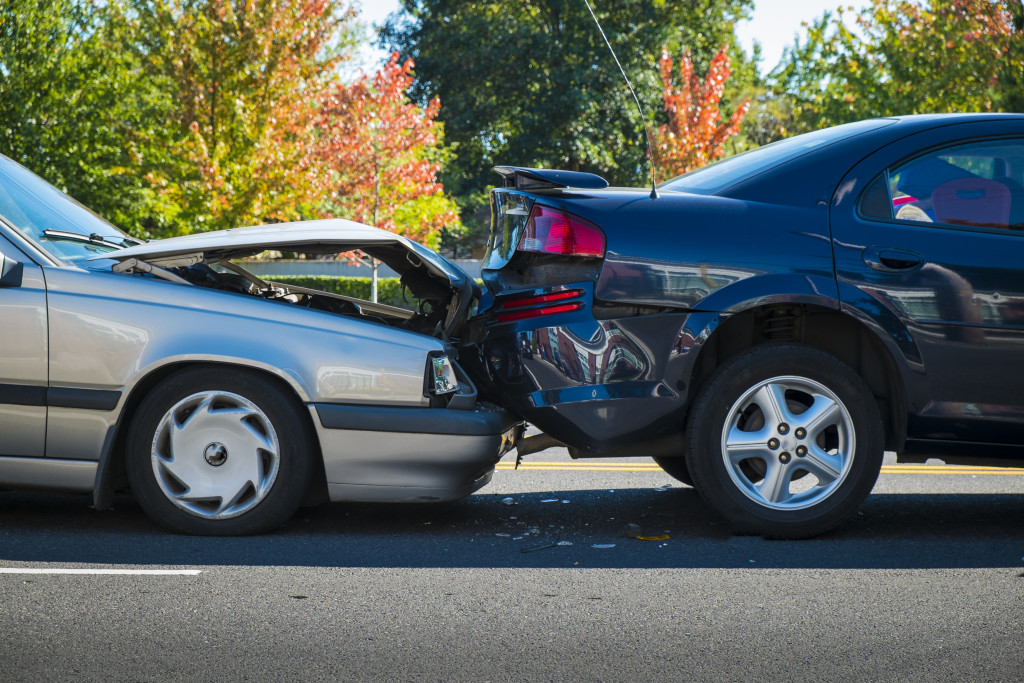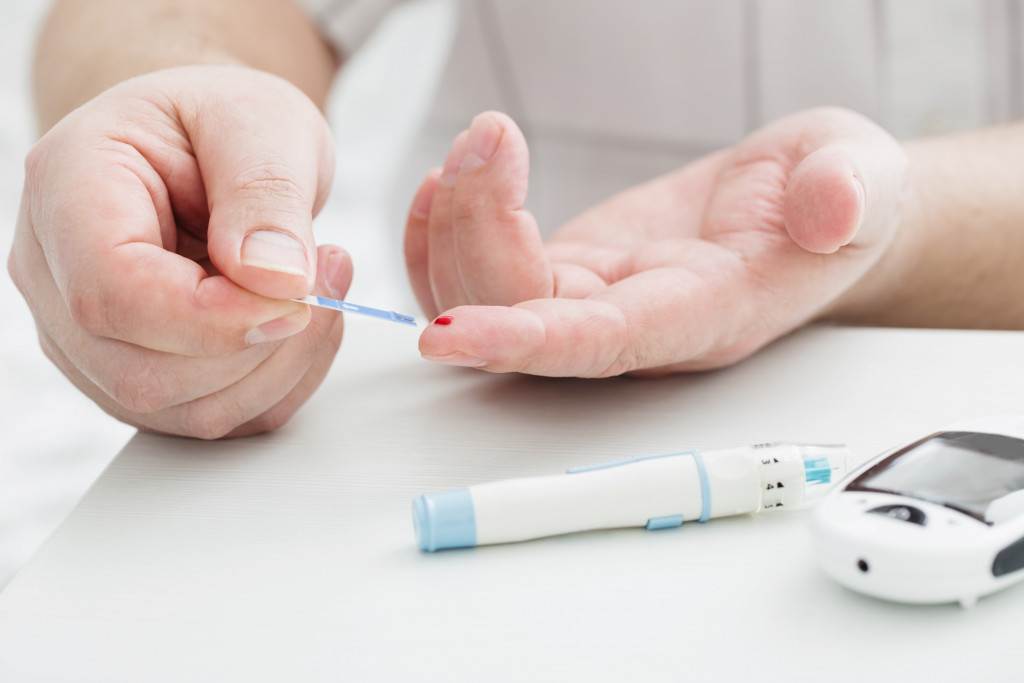Eyesight is an essential part of people’s lives. However, sometimes people take it for granted and forget how much they rely on it to do many different tasks during the day, even the simplest ones, such as making breakfast or setting up your hair in front of the mirror. It’s estimated that about 12 million Americans have a vision impairment, and about a million are legally blind. But many people don’t know what leads to these things.
You might be surprised to know that there are numerous causes of poor eyesight and blindness. In this blog post, we’ll discuss some of the most common causes so that you can be informed about what might be causing your vision problems.
Refractive Error
One common cause of poor eyesight is a refractive error. This is when the eye does not focus light correctly on the retina, which is the light-sensitive layer at the back of the eye. Refractive errors can be corrected with glasses or contact lenses. So ensure that you visit your local eyeglass shop for these accessories. They can diagnose you with this vision impairment and give you the right lenses. Additionally, you can get surgery for more advanced cases.
Cataracts
A cataract is a clouding of the eye’s lens—the part of the eye responsible for focusing light onto the retina. It’s are a natural part of aging, and according to the American Academy of Ophthalmology, more than 50% of Americans aged 80 and older have cataracts.
Cataracts can also be caused by trauma to the eye, certain medical conditions such as diabetes, and prolonged exposure to ultraviolet (UV) light. Symptoms of cataracts include blurriness, difficulty seeing at night, and the appearance of “halos” around lights. Cataracts can usually be treated with surgery.

Glaucoma
Glaucoma is another leading cause of blindness. Glaucoma occurs when too much fluid pressure in the eye damages the optic nerve. This nerve transmits information from your eye to your brain so damage can lead to vision loss. There are open-angle glaucoma and angle-closure glaucoma. Open-angle glaucoma develops slowly and painlessly, while angle-closure glaucoma comes on suddenly and can cause severe eye pain. If you have angle-closure glaucoma, you should seek medical attention immediately, as it can lead to permanent vision loss in a short period.
AMD
Age-related macular degeneration (AMD) is another leading cause of blindness, especially among older adults. AMD occurs when the retina’s small central area deteriorates. This region is responsible for our keenest vision, so degeneration in this area can severely hinder our ability to see clearly. Sadly, there is no cure yet for AMD, but treatments are available that may help slow its progression and improve eyesight.
Diabetic Retinopathy
Diabetic retinopathy is a diabetes-induced condition that harms blood vessels in the retina—the light-sensitive tissue located at the back of the eye. Its one of the leading causes of blindness in adults 20 to 74 years old, according to the Centers for Disease Control and Prevention (CDC). People with diabetic retinopathy may not have any symptoms in its early stages. However, as it progresses, symptoms may include blurred vision and dark spots in your field of vision. Early detection and treatment of diabetic retinopathy are crucial to preventing
blindness.
Prevention
Some of these things may happen to you. Thankfully, there are ways you can prevent them from happening. Here are three of those ways.
Healthy Diet
One of the best things you can do to prevent vision problems is to eat a healthy diet. Various fruits and vegetables, whole grains, lean proteins, and unsaturated fats can all help protect your eyesight. In addition, try to avoid as much junk and highly processed foods as possible.
Regular Eye Exams
Another way to help keep your eyes healthy is by getting regular eye exams. If you have a vision impairment that requires correction, getting glasses or contact lenses is essential to minimize further damage from refractive errors. Regular eye exams are also critical for detecting conditions like cataracts and glaucoma, which can lead to blindness if left untreated.
Protective Eyewear
Finally, wearing proper safety eyewear should protect your eyes whenever possible. This means using sunglasses to shield your eyes from the sun’s UV rays and wearing safety goggles or glasses when participating in certain activities that could be hazardous to your vision.
There are many causes of poor eyesight and blindness, ranging from refractive error to age-related macular degeneration. Some reasons can be corrected with surgery or other interventions, while others cannot. However, it’s essential to be informed about all of the different causes so that you can seek treatment if necessary. Once you get treated, you can live a much better life.



